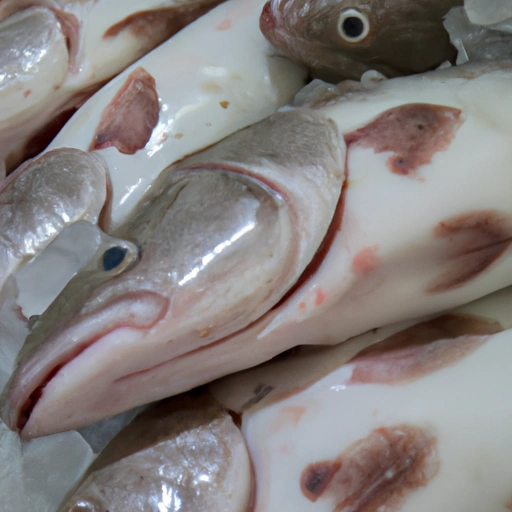White Fish
Description

White fish refers to a wide variety of fish species that have pale, white flesh, as opposed to the darker, oilier flesh found in species like salmon or tuna. Examples of white fish include cod, haddock, halibut, tilapia, and pollock. Typically found in colder waters, these fish are valued for their mild flavor and flaky texture, which make them incredibly versatile in cooking. In recipes, white fish can be measured in ounces or grams, and cooked by weight or by fillet, depending on regional preferences.
Common uses
White fish is commonly enjoyed in a multitude of dishes ranging from fish and chips in the United Kingdom, to fish tacos in the United States, to poached fish in white wine sauce in France. Its subtle flavor and texture allow it to be used in soups, stews, and as a primary protein in entrees.
Nutritional value
Calories
White fish is low in calories, with a 3-ounce (approximately 85 grams) serving typically containing around 70 to 100 calories.
Protein
It is an excellent source of high-quality protein, offering about 15 to 20 grams of protein per 3-ounce serving.
Fat
White fish is low in fat, generally having less than 3 grams per serving, with minimal amounts of saturated fat.
Carbohydrates
White fish contains no carbohydrates, making it a popular choice for low-carb diets.
Vitamins
It provides valuable vitamins, particularly B-complex vitamins like B12 and niacin.
Minerals
Important minerals found in white fish include phosphorus, selenium, and in some cases, calcium and iron.
Health benefits
Thanks to its high protein content and low calorie count, white fish is an excellent choice for weight management and muscle building. The lean protein helps repair and maintain body tissues without adding excess calories. Furthermore, the presence of B vitamins supports energy metabolism and cognitive health, while minerals like selenium act as powerful antioxidants.
Potential risks
Some white fish may contain trace amounts of mercury or other contaminants, depending on their habitat and environmental conditions. Pregnant women and young children are advised to limit their intake of certain types of fish and opt for species known to have lower mercury levels. Overconsumption of any type of fish may also lead to an imbalance of nutrients.
Common recipes
Recipes featuring white fish span global cuisines, from the classic British fish and chips to the Finnish creamy fish soup known as 'lohikeitto'. White fish is also a key ingredient in the American Southern dish of fish fry, as well as in the Mediterranean seafood paella.
Cooking methods
White fish can be prepared using a variety of cooking methods, including baking, grilling, broiling, steaming, poaching, and frying. The cooking technique often depends on the cuisine and specific recipe being prepared.
Pairing with other ingredients
Its mild flavor pairs well with a range of ingredients, from bright citrus and fresh herbs to creamy sauces and robust spices. White fish also complements a variety of side dishes, such as steamed vegetables, rice, or potatoes.
Summary
White fish is a versatile and nutritious ingredient that features prominently in the culinary traditions of cultures around the world. With its mild flavor and adaptable texture, it provides a canvas for a myriad of flavors and cooking techniques. Whether you are looking to create a simple, healthful meal or an elaborate feast, white fish is a dependable and delicious choice.